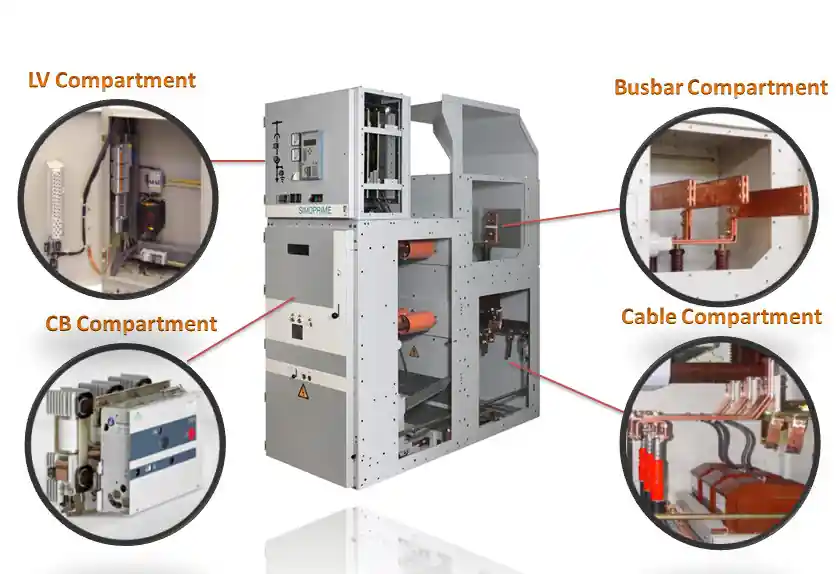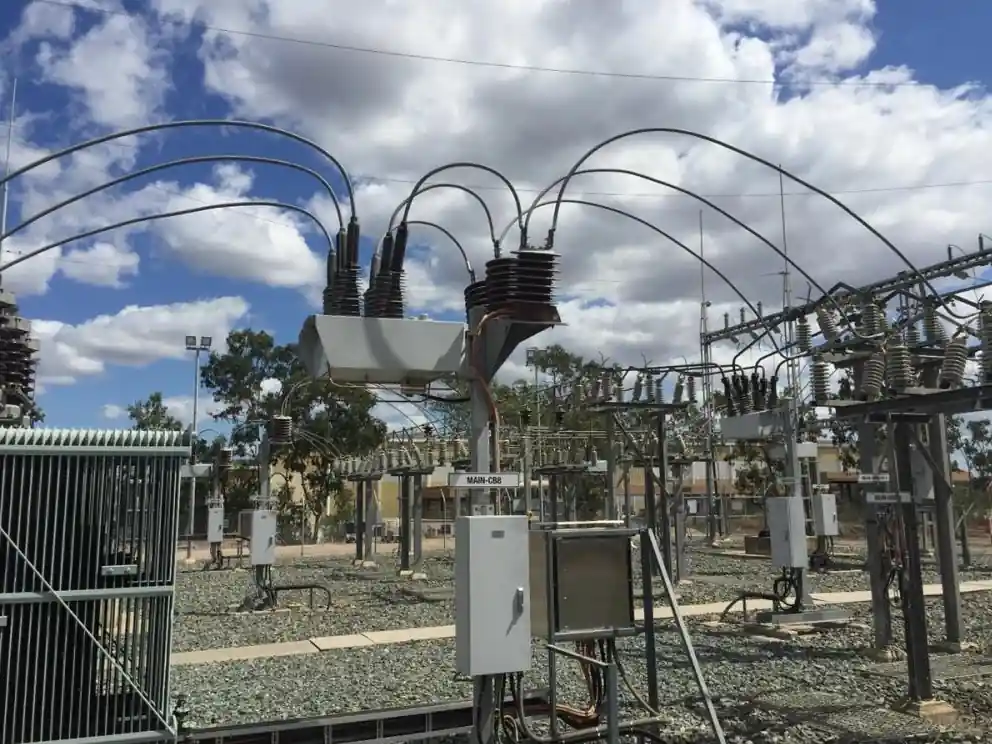What Is the Purpose of a Switchgear?
In the complex world of electrical distribution and power systems, switchgear plays a critical role in ensuring safety, reliability, and control. Whether in a residential substation or a massive industrial facility, switchgear is the silent guardian that manages electrical currents and protects both equipment and personnel.

Understanding the Core Function of Switchgear
At its core, switchgear is a combination of electrical disconnect switches, fuses, or circuit breakers used to control, protect, and isolate electrical equipment. It is designed to interrupt power flow during faults, enable maintenance activities without system shutdowns, and distribute electricity efficiently across networks.
Primary functions include:
- Interrupting short-circuit currents
- Switching under normal or abnormal load conditions
- Isolating electrical circuits for safe maintenance
- Protecting transformers, generators, and distribution lines
Applications Across Sectors
Switchgear systems are used in a wide range of environments:
Residential & Commercial
- Apartment complexes
- Office buildings
- Shopping centers
Industrial & Infrastructure
- Manufacturing plants
- Water treatment facilities
- Hospitals and airports
Utility & Energy
- Transmission and distribution substations
- Renewable energy farms (solar, wind)
- Power generation stations
【img】 Alt: Outdoor switchgear installation in a solar power substation.
Industry Trends and Global Market Insights
According to Markets and Markets, the global switchgear market is projected to grow from USD 87.9 billion in 2023 to USD 120.1 billion by 2028. The rise is largely attributed to the modernization of aging power infrastructure, urbanization, and the increased demand for renewable energy integration.
Emerging technologies like digital switchgear, IEC 61850 protocols, and smart monitoring systems are transforming traditional designs into intelligent, real-time management tools.
Reference: Wikipedia – Switchgear, ABB Switchgear Products
Key Components and Technical Structure
While designs vary, most switchgear units include:
- Circuit Breakers: Interrupt fault currents quickly and safely
- Busbars: Conduct electricity between incoming and outgoing circuits
- Isolators: Ensure complete de-energization for safe maintenance
- Protection Relays: Monitor conditions and trigger safety responses
These components may be enclosed in air-insulated, gas-insulated (GIS), or hybrid forms depending on the voltage class and application.

Switchgear Voltage Classes
| Type | Voltage Range | Typical Use Case |
|---|---|---|
| Low Voltage (LV) | < 1,000 V | Residential, commercial distribution panels |
| Medium Voltage (MV) | 1kV – 36kV | Industrial plants, substations |
| High Voltage (HV) | > 36kV | Transmission networks, utilities |
How Switchgear Differs from Similar Devices
Switchgear is often confused with components like distribution boards or panelboards, but it offers much higher fault-handling capacity, control sophistication, and safety insulation. Unlike simple breakers or fuse boxes, switchgear is built for complex, high-load environments where power reliability is critical.
Selection Guide: Choosing the Right Switchgear
When choosing switchgear, consider the following:
- Voltage level: Match LV, MV, or HV based on the system requirements
- Environment: Indoor vs. outdoor, clean room vs. industrial zone
- Interrupting capacity: Ensure short-circuit levels are handled safely
- Compliance: Must meet IEC, IEEE, or ANSI standards for safety
- Expandability: Modular designs allow future upgrades
Manufacturers like Schneider Electric, Siemens, GE, and PINEELE offer detailed catalogs and consultation tools to assist with sizing and selection.
Frequently Asked Questions (FAQ)
A1: Generally, no. For small residential settings, a distribution panel or breaker box suffices. However, large apartment complexes may use LV switchgear.
A2: With proper maintenance, MV and HV switchgear can last 20–30 years. Modern designs often include monitoring systems that extend useful life.
A3: Absolutely. Switchgear is critical in managing the variability and protection needs of solar and wind installations.
The purpose of switchgear extends far beyond mere connectivity; it forms the foundation of safe, stable, and intelligent power distribution. As grids become more dynamic and demanding, the need for reliable and technologically advanced switchgear continues to grow.
For engineers, facility managers, and planners, understanding the role and value of switchgear is essential to ensuring both operational efficiency and electrical safety.

